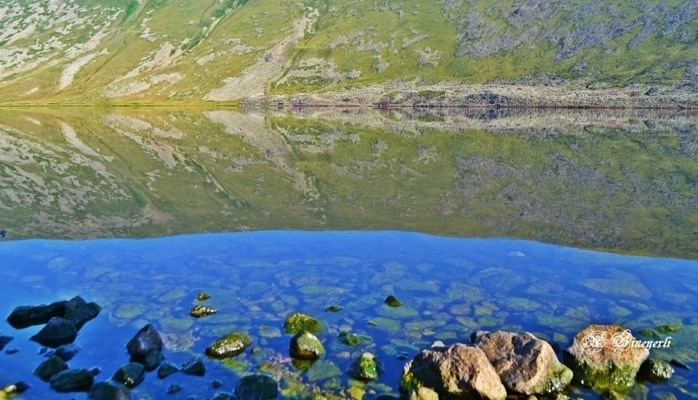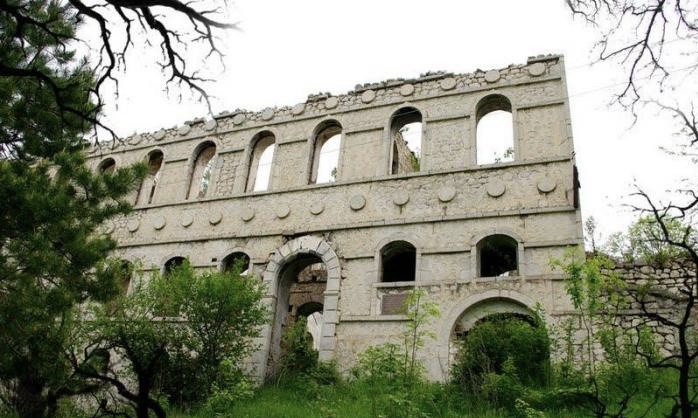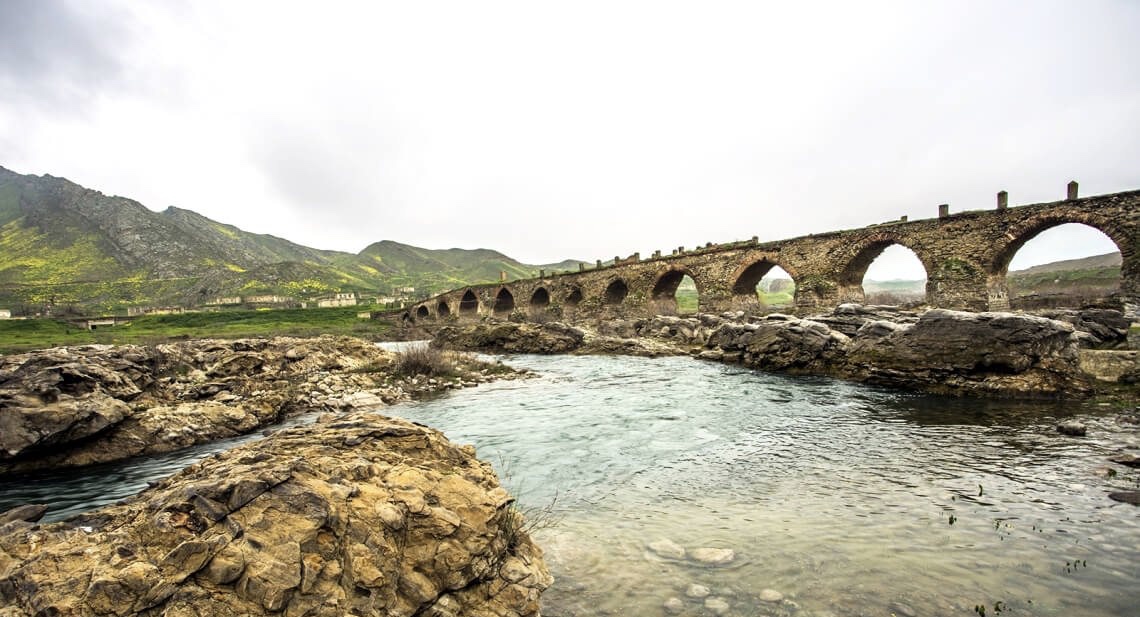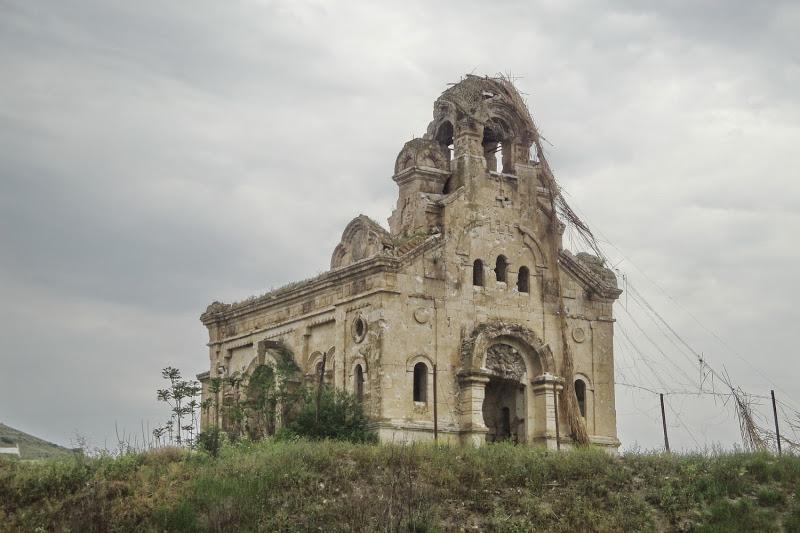






of







of







of





















Another significant historical discovery by Azerbaijani archeologists in Karabakh is Taghlar cave, which is situated on the left bank of the Guruchay River. Taghlar cave is not far from Azikh cave. The distance between these ancient human settlements is 3 km. The cave’s name was taken from the nearby Taghlar village. Mammadali Huseynov, the Azerbaijani archeologist who discovered the cave, considered it one of the most important archeological and historical artifacts in the whole Caucasus. He maintained that the findings in the first and second stratums belonged to the middle and late Mustye (Mousterian) phase. It was estimated that the last stratum of the cave was formed at the beginning of the Upper Paleolithic period.[1]
During the excavation, the remnant of vertebrate animals, as well as many stone tools, were discovered in the lower stratum of Taghlar cave. Many stone artifacts and products had been made with particular ingenuity. Azerbaijani historian Igrar Aliyev has stated that these discoveries give the impression that the cave’s inhabitants knew simple ways to make tools for hunting and gathering, and also had a natural and spiritual understanding of the environment.[2]
The cave is very important in terms of remains of material culture, stratigraphy, and long-term residence there. Since 1963, the Paleolithic archaeological expedition conducted archaeological excavations in Taghlar Mousterian camp. As a result of excavations, more than 7000 stone tools and more than 2000 animal bones were found there. 6 cultural layers were found out in sediments of Taghlar camp. Unlike all the other monuments that existed in the entire Caucasus and the Near East, Taghlar was the only site that had a permanent settlement and considered the only archaeological monument, which gives a chance to investigate the development of tools over a long period of time. As it is stated, “If the Azikh Paleolithic site indicates the time when primitive man settled in Azerbaijan, the Mousterian camp Taghlar gave scientists the evidence that the evolution of the Neanderthal man in this region led to the emergence of distant ancestors of modern man”.[3]
[1] Hüseynov, M., “Tağlar mağarasında paleolit düş̧ərgəsi haqqında”, Материальная культура Азербайджана (Баку, 1974), Том VII. pp. 11-19.
[2] Алиев, И.Г., Нагорный Карабах: история, факты, события (Баку, 1989), pp. 7-8.
[3] Jafarov, Asadulla, “Archaeological monuments of Karabakh and attempts to “Armenify” them”, Irs Karabakh, Vol. 4, No, 32, 2017, p. 47.

Qaragol Interrepublics State Reserve was set up with the decision of the Council of Ministers dated November17, 1987. Garagol State …

The idea of establishing Aghdam Bread Museum, which is considered to be the second in the world after the Zurich …

The Khurshudbanu Natavan’s House is a historical and architectural monument of the 18th century located in the city of Shusha. …

Museum Mausoleum Complex of Molla Panah Vagif is located in Shusha, Azerbaijan. It was built in honor of Molla Panah …

The Bridge belongs to the Arran architecture school. The first written source that mentioned the 15-arched Khudafarin Bridge belongs to …

Garghabazar Caravanserai was built in 1681 at the hillside, in the center of Garghabazar village of Fuzuli district, 8 km …

Armenia’s vandalism in Nagorno-Karabakh and seven surrounding regions affected not only the historical, cultural, and religious heritage of Islam but …

Jabrayil History-Ethnography Museum has been operating since 1953. Archaeological and ethnographic materials belonging to the history of the region, textiles, …

Khudavang, or Dedeveng, Monastery Complex is located in the Vang village of Kalbajar District, on the left bank of Tartar …

“The 19th century Aghdam Juma Mosque is perhaps the only structure that has withstood the years of neglect since the …